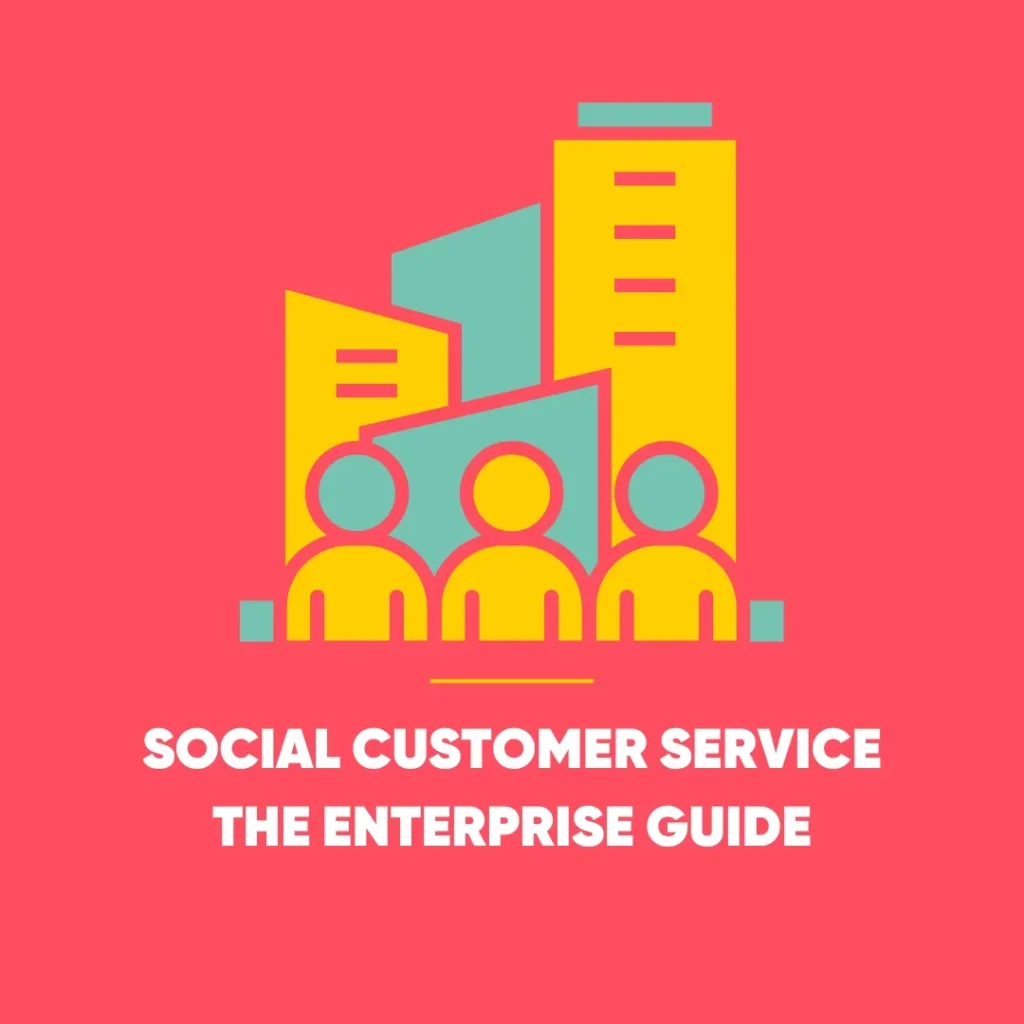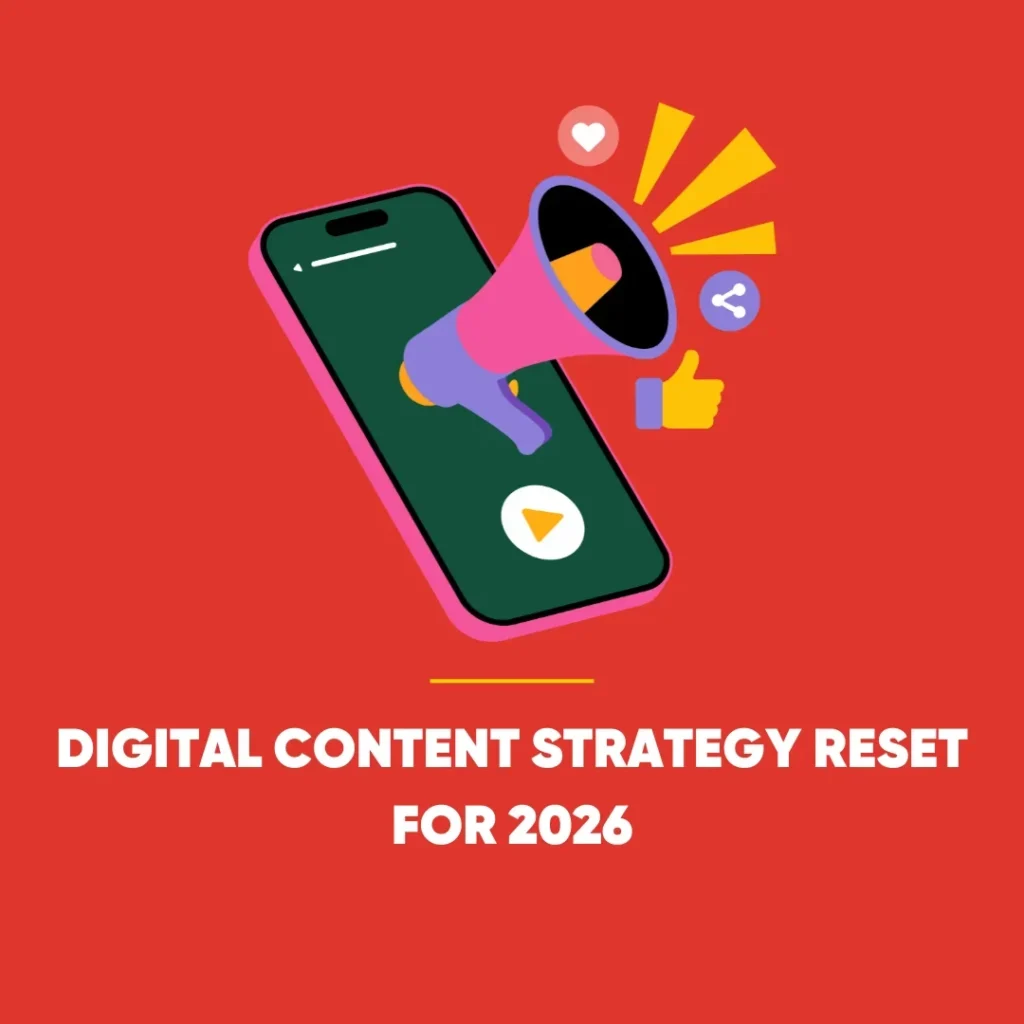Social Media Tools: The Future of Customer Service
When you imagine customer service, social media tools might come to mind, along with calls, emails, or chatbots. But today, things are evolving rapidly. Social media platforms are transforming into powerful customer service tools, providing brands with new ways to engage with their audience.
Gone are the days when phone calls or emails were the only options for customer support. Social media offers more dynamic and immediate avenues, from handling direct messages to responding to comments and gathering feedback. If you aren’t leveraging social platforms for customer service, you’re missing out on a highly effective tool that could streamline your customer interactions.
In this article, we will explore how social media is reshaping customer service and how you can use it to provide timely, engaging, and responsive support.
The Rise of Social Media in Customer Service
Social media isn’t just a marketing tool anymore—it’s become a central part of customer service strategies for many businesses. The ability to connect directly with customers in real-time is an invaluable asset. Traditional customer service methods often feel slow and impersonal, whereas social platforms allow for quick responses and more personalised interactions.
Key Statistics on Social Media Customer Service
Understanding the shift towards social media in customer service is vital. The statistics paint a clear picture:
- 53% of participants in a Facebook IQ survey said they are more likely to buy from a brand offering customer service via chat apps like WhatsApp.
- Every month, people and businesses exchange 20 billion messages on Facebook Messenger alone.
- 40% of consumers expect brands to solve issues in the communication channels they prefer, such as Instagram Messenger.
- Messaging platforms reduce customer interaction costs by 60% compared to traditional methods.
- 43% of customers prefer live chat as their primary form of digital communication.
- 50% of consumers believe that a prompt reply to their queries influences their decision to make a purchase.
These figures highlight the growing importance of social media in delivering customer service. Consumers expect fast responses, and social platforms make it easier for businesses to meet these demands.
Speed: The Major Advantage of Social Media
One of the biggest advantages of using social media tools for customer service is the speed at which queries are resolved. Customers don’t want to wait days for an email response or spend hours on hold during a phone call. Social media platforms offer instantaneous communication, significantly improving customer satisfaction.
Predefined Responses for Quick Replies
Many social platforms provide businesses with tools to enhance customer service efficiency. For instance, Instagram allows business accounts to create saved replies for common questions. This feature can be invaluable for customer service teams.
Imagine you run a skincare brand and frequently receive questions about creating skincare routines. Instead of typing out a response each time, you can set up a saved reply that provides the necessary guidance. Similarly, you can create a response to direct customers to a delivery tracking page.
This approach not only saves time but also ensures consistency in your communication, improving the overall customer experience.
Speed Enhances Customer Loyalty
Fast responses can play a crucial role in building customer loyalty. When customers know they can rely on your brand for quick answers, they’re more likely to return for future purchases. Social media platforms, by offering instant interactions, help you meet this growing expectation for fast customer support.
The Power of Community Engagement
Social media tools also enable businesses to engage with customers beyond direct interactions. This engagement is often proactive, creating a community around your brand that fosters customer loyalty.
Proactive vs Reactive Customer Service
Customer interactions on social media typically fall into two categories: proactive and reactive. Reactive customer service involves responding to questions or complaints after they’ve been raised. Proactive customer service, however, focuses on anticipating customer needs and addressing them before they become problems.
Proactive customer service could involve creating content that addresses frequent customer concerns or sending out updates about new products and services. By doing so, you engage your audience before they even need to reach out to you.
Community Monitoring and Social Listening
Community monitoring allows brands to actively participate in conversations happening around their products or services. This involves responding to comments, engaging with customers, and even initiating discussions to gather feedback.
Social listening is a more strategic approach to community engagement. It involves tracking mentions of your brand across social platforms and analysing the sentiment behind these mentions. Tools like polls or Q&A boxes on platforms such as Instagram allow businesses to gather feedback easily and effectively.
By listening to your audience, you gain insights that can inform product development or improve your service. The result is a more engaged customer base through social media tools and a deeper connection with your audience.
Building a Supportive Community
One of the key benefits of proactive engagement is the ability to build a supportive community. When customers feel heard and valued, they are more likely to remain loyal to your brand. Responding to their feedback, addressing their concerns, and showing appreciation can help cultivate a strong sense of community. This not only strengthens customer relationships but also promotes positive word-of-mouth marketing.
Using Social Media for Service Announcements
Beyond answering questions and resolving issues, social media provides an excellent platform for making service announcements. Whether it’s letting customers know about delivery delays or launching new products, social media offers a quick and efficient way to spread important information.
Keeping Customers Updated in Real-Time
Social media gives businesses the ability to provide real-time updates to their customers. For example, if a popular product runs out of stock, you can notify your customers via platforms like Instagram or Twitter, letting them know when it will be available again.
Announcements such as “back in stock” updates can encourage previous visitors to return and complete their purchase. Sharing these kinds of updates across multiple channels increases the likelihood that customers will rely on your social media for timely information.
Multichannel Announcements for Wider Reach
The more you share updates across different social media channels, the more customers will become accustomed to checking your social media for important information. Whether you’re announcing a sale, sharing a new blog post, or informing customers of changes in shipping times, multichannel announcements ensure your message reaches the largest possible audience.
Personalised Customer Interactions
While automated responses can save time, they often lack the personal touch that customers appreciate. When customers reach out for support, they want to feel like they’re interacting with a real person, not a robot.
Humanising Your Responses
Even in an era of automation, it’s important to remember the value of human-to-human interaction. Personalising your responses by using customers’ names, addressing their specific concerns, and showing empathy can significantly improve their experience with your brand.
For instance, if a customer is frustrated because their order has been delayed, taking the time to apologise sincerely and offer reassurance can turn a negative experience into a positive one. The more personalised your communication, the more likely you are to foster strong customer relationships.
Balancing Automation with Personalisation
While automated replies are useful for routine queries, they should not replace personal engagement entirely. A good balance between automation and personalisation will allow you to provide efficient service without losing the human element.
Measuring Success with Social Media Analytics
One of the major benefits of using social media tools for customer service is the ability to measure success through analytics. Most social platforms offer built-in tools that allow businesses to track engagement, monitor response times, and gather feedback.
Tracking Response Times and Customer Satisfaction
Using analytics tools, you can track how quickly your customer service team responds to queries. A fast response time is essential in maintaining customer satisfaction, and social media allows you to monitor this metric in real-time.
You can also use tools like customer satisfaction surveys to gather direct feedback from your audience. This data can provide insights into how well your customer service strategy is working and where improvements are needed.
Analysing Customer Feedback
Social media provides a wealth of information about your customers’ preferences and opinions. By analysing comments, reviews, and messages, you can gain a better understanding of what your customers like and dislike about your products or services.
This information can be used to improve your offerings, making your business more competitive and customer-focused.
Final Thoughts: Social Media as a Customer Service Powerhouse
It’s clear that social media is quickly becoming one of the most effective tools for customer service. Brands that utilise these platforms not only improve their response times but also build stronger relationships with their customers.
From quick replies and personalised messages to proactive community engagement, social media offers countless opportunities to enhance customer service. If your business isn’t already using social media as a customer service tool, now is the time to start.
By doing so, you’ll not only meet the growing demand for fast, efficient support but also position your brand as one that truly listens to its customers. With the right strategy, social media can transform your customer service operations and help you build lasting customer loyalty.









